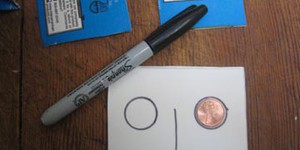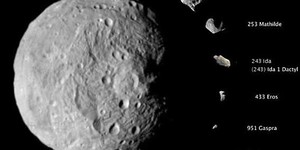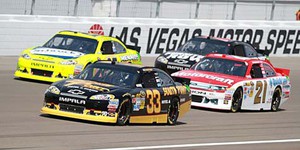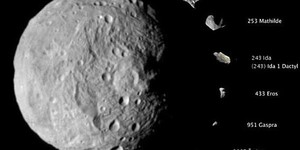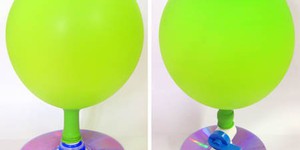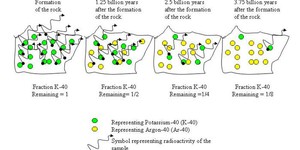Others Like “Dirty Snowballs: How a Comet's Size Affects How Fast It Melts” (top 20 results)
|
How do astronomers collect stardust? They design and build satellites that are launched into space to collect particles on specially designed panels. Satellites can be sent to orbit around an object of interest: a planet, moon, or comet. In this experiment, you can build your own mini satellite and use it to collect some pretend stellar debris. If you simulate an asteroid impact, how much stellar dust will your satellite collect? Will placing your satellite at different "orbital" distances from…
Read more
Did you know that in addition to the Sun and planets, our solar system is filled with millions of asteroids, which are chunks of rock left over from the early days of its formation, or from collisions between larger objects like planets? Agencies like NASA track asteroids, not only because they might pose a threat to humanity by colliding with Earth, but because they can provide us with information about the history of our solar system, and even be useful for mining raw materials in space! In…
Read more
Jumping discs can be a fun toy to play with, and with their sudden POP!, they can even be a good way to startle people who have never heard them before. Jumping discs use a neat trick to jump. They are made of two different types of metal, and these metals expand when they heat up (or shrink when they cool down), but not by exactly the same amount. In this science project you will explore how temperature affects the reactions of your jumping discs— and how to get the timing right if you…
Read more
Watching professional racing-car drivers compete can be thrilling. The high speeds that racing cars can reach — up to 200 miles per hour (mph) and more! — put some unique demands on the vehicles. For example, to withstand high temperatures, the tires must be inflated with nitrogen gas, instead of air as with normal car tires. This enables the drivers to have better control over steering their cars as they race around the track. In this sports science project, you will inflate…
Read more
You've heard of gold mining and coal mining, but think outside the box...or the planet...what about asteroid mining? Scientists, engineers, and business people believe asteroid mining is feasible, and they are in the beginning stages of long-term plans to mine asteroids for valuable resources during space missions. You don't want to miss out on all the fun; in this science project, you will come up with your own scientific plan for an asteroid mining company. We will help get you started by…
Read more
Have you ever ridden on a hovercraft? It is like gliding on a cushion of air! In this science project, you will make your own mini hovercraft using a CD or DVD and a balloon and investigate how the amount of air in the balloon affects how long the hovercraft hovers.
Read more
A tried and true balloon activity is to rub a balloon on your head to make your hair stand up. How does the rubbing build up static electricity? Do this experiment to see if the number of rubs makes a difference.
Read more
How do you feel when you ride your bike into a strong wind? Do your legs feel like lead? How about when the wind is at your back? Does that make you feel ready for the Tour de France? In this science fair project, you will investigate how wind-powered devices, like pinwheels, also react in different ways to the direction of the wind.
Read more
What do rocks and clocks have in common? Both keep track of time.
Yes, radioactive isotopes present in rocks and other ancient material decay atom by atom at a steady rate, much as clocks tick time away. Geologists use those radioactive isotopes to date volcanic ash or granite formations like the giant Half Dome in Yosemite National Park. Anthropologists, archeologists, and paleontologists also use radioactive isotopes to date mummies, pottery, and dinosaur fossils. Does this sound abstract…
Read more
Expanding gases are everywhere, from the kitchen to the cosmos. You've tasted their pleasures every time you've eaten a slice of bread, bitten into a cookie, or sipped a glass of soda. In this chemistry science fair project, you'll capture a gas in a stretchy container you're probably pretty familiar with—a balloon. This will allow you to observe the gas expansion and contraction as the temperature changes.
Read more
|
Explore Our Science Videos
What are the Chances? – A Probability STEM activity
Magic Triangles - Fun Math Puzzles with Increasing Difficulty
Model How Herd Immunity Works


